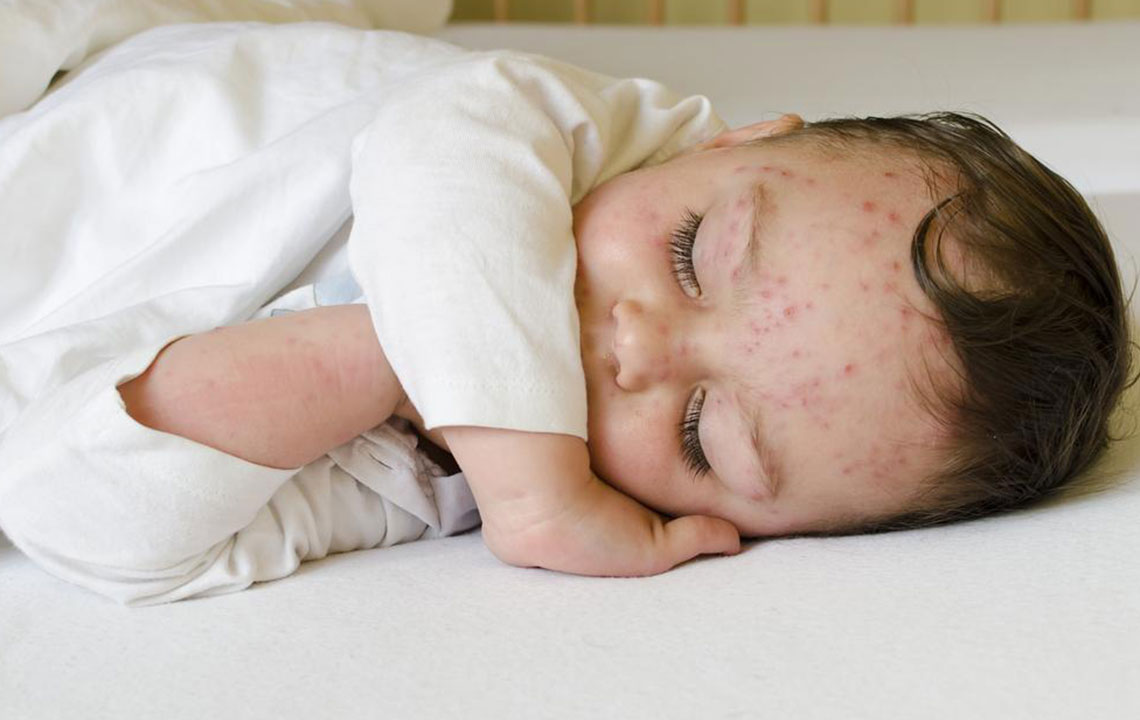Here’s how to treat skin rashes in babies
Skin rashes are a common occurrence in babies as their skin is sensitive. The rashes can occur due to several reasons and thus, can be categorized into different skin rash types. The following are some of the common types of skin rashes that can affect infants
Diaper rash
As the name suggests, diaper rash is an irritation of the skin around the diaper area in babies. It usually occurs because of diapers that are too tight, are wet for too long, and also due to detergent related allergies.
To keep diaper skin rash symptoms at bay, you should change your baby’s diaper as soon as it gets wet and should try to keep the diaper area open and airy for as long as possible.

Pimples and whiteheads
Pimples and whiteheads that appear on a baby’s nose and cheeks usually disappear on their own without any medication. However, if such skin rash symptoms do not seem to subside, you should stop putting oil-based lotions on your baby’s face. Simply start cleaning the face using a mild baby soap and clean water once a day.
Dry Skin
Dry skin often appears as one of the symptoms of skin rash. However, you need not worry much about it, as dry skin appearance is normal in post-term babies.
Heat Rash
If you notice tiny white or reddish bumps on your baby’s body, it could be one of the skin rash symptoms. The overactive bacteria on the skin’s surface block the sweat ducts, which can cause heat rash. To avoid such an unpleasant occurrence, you can give your baby cool baths. You should remove any excess clothing layers and expose the body to cool air whenever possible.

